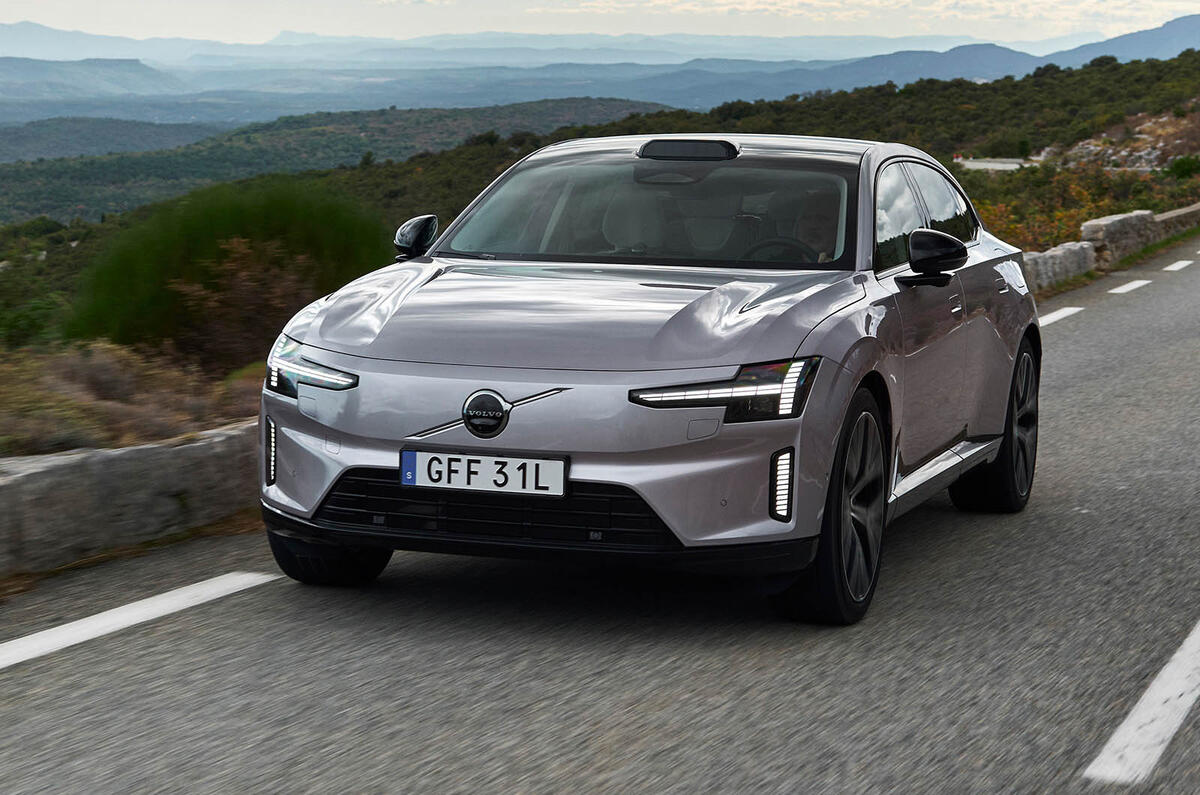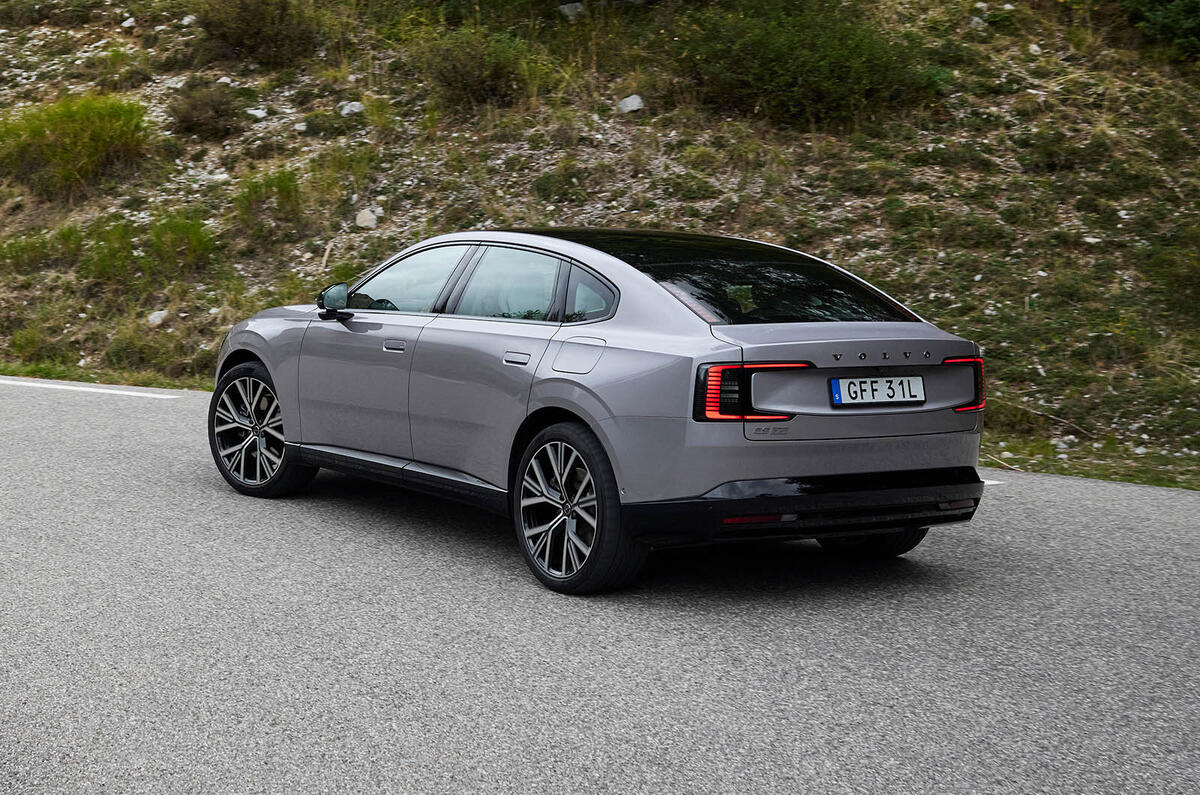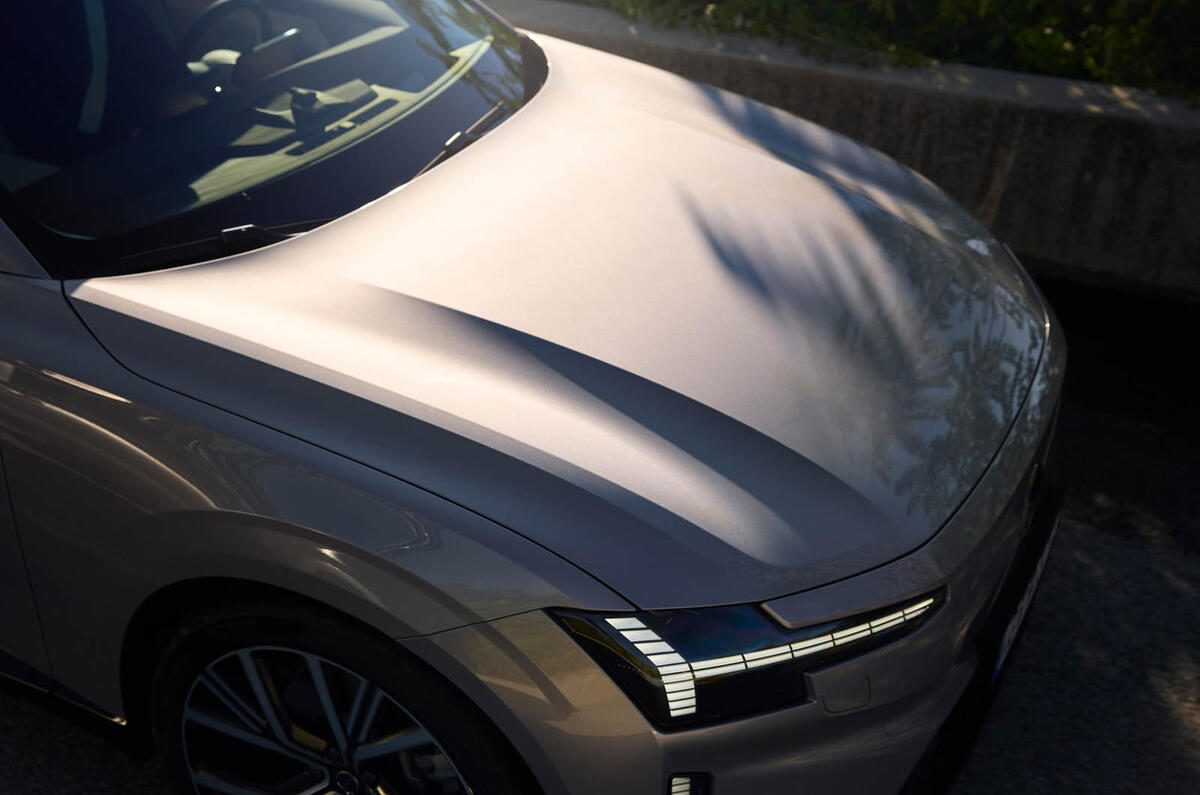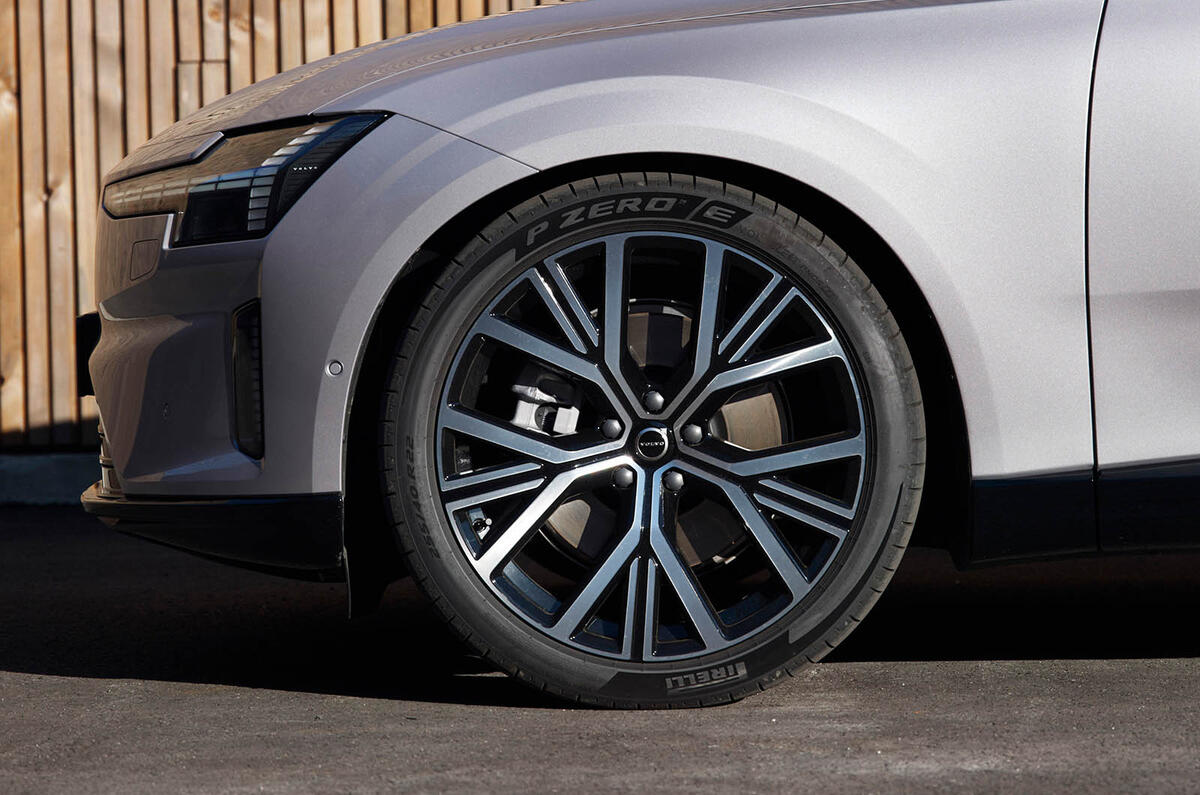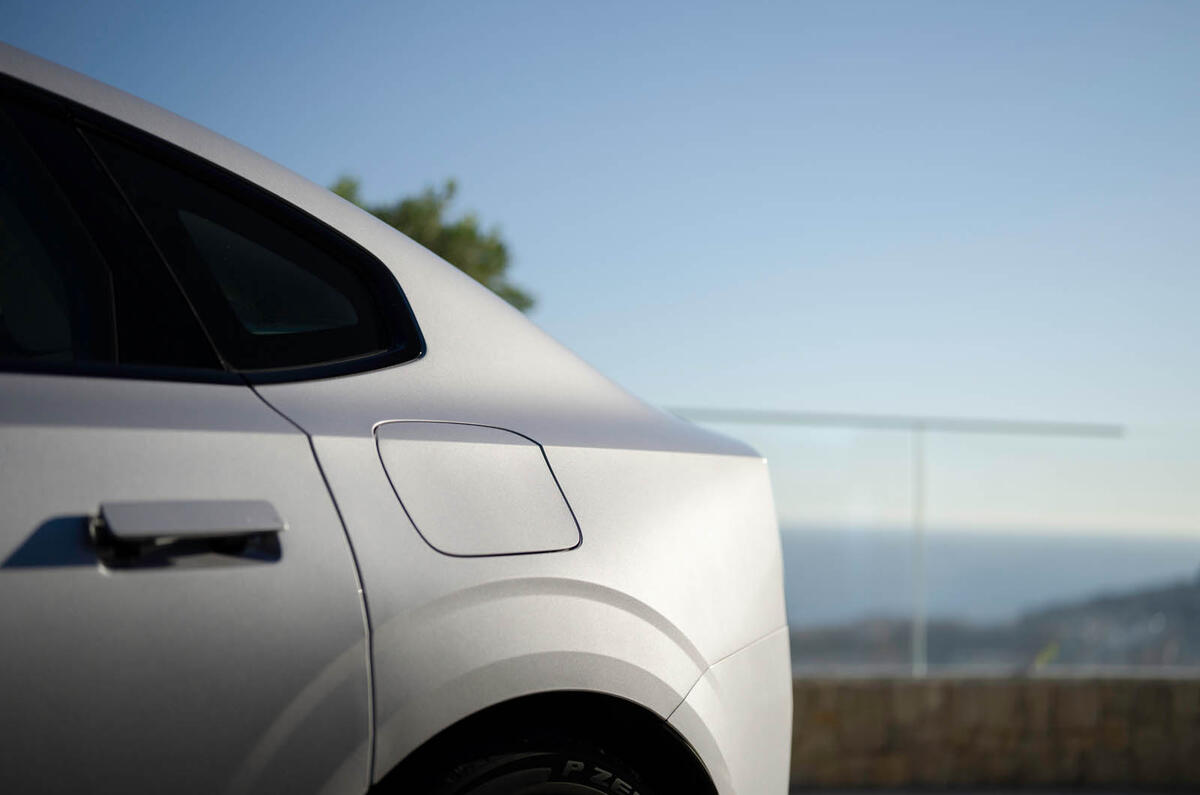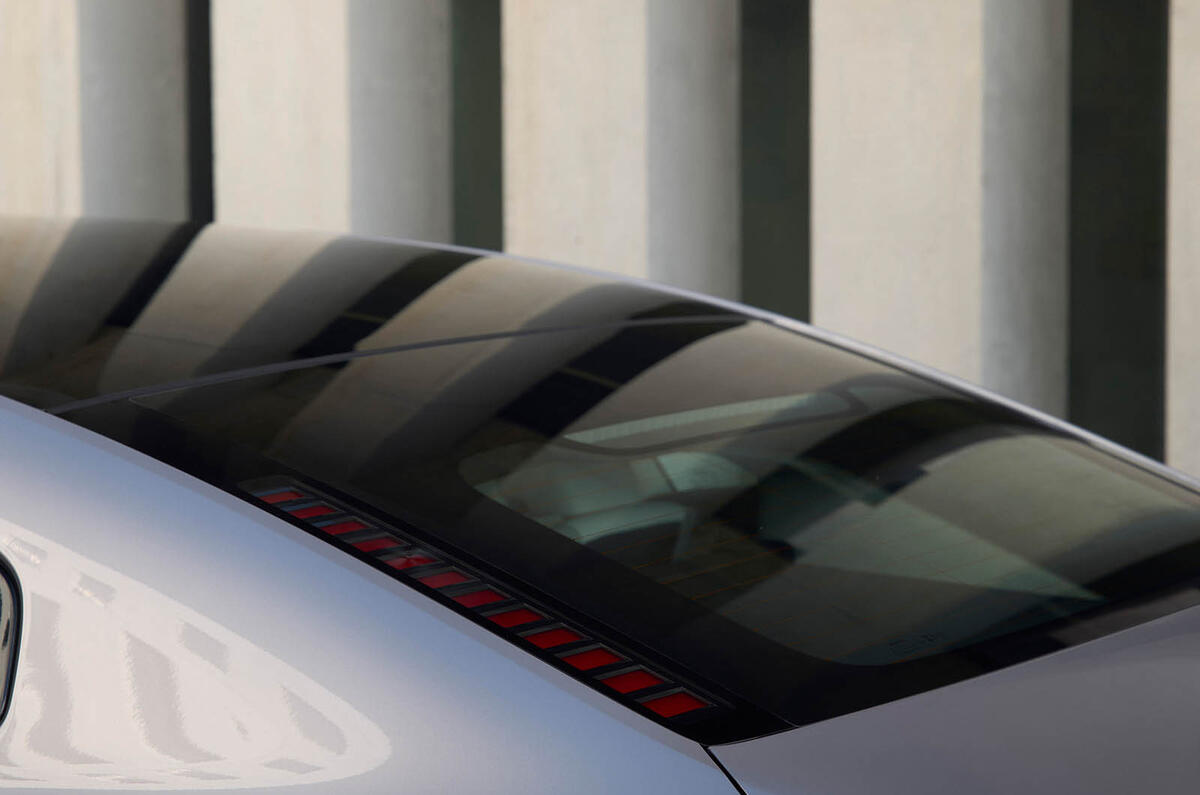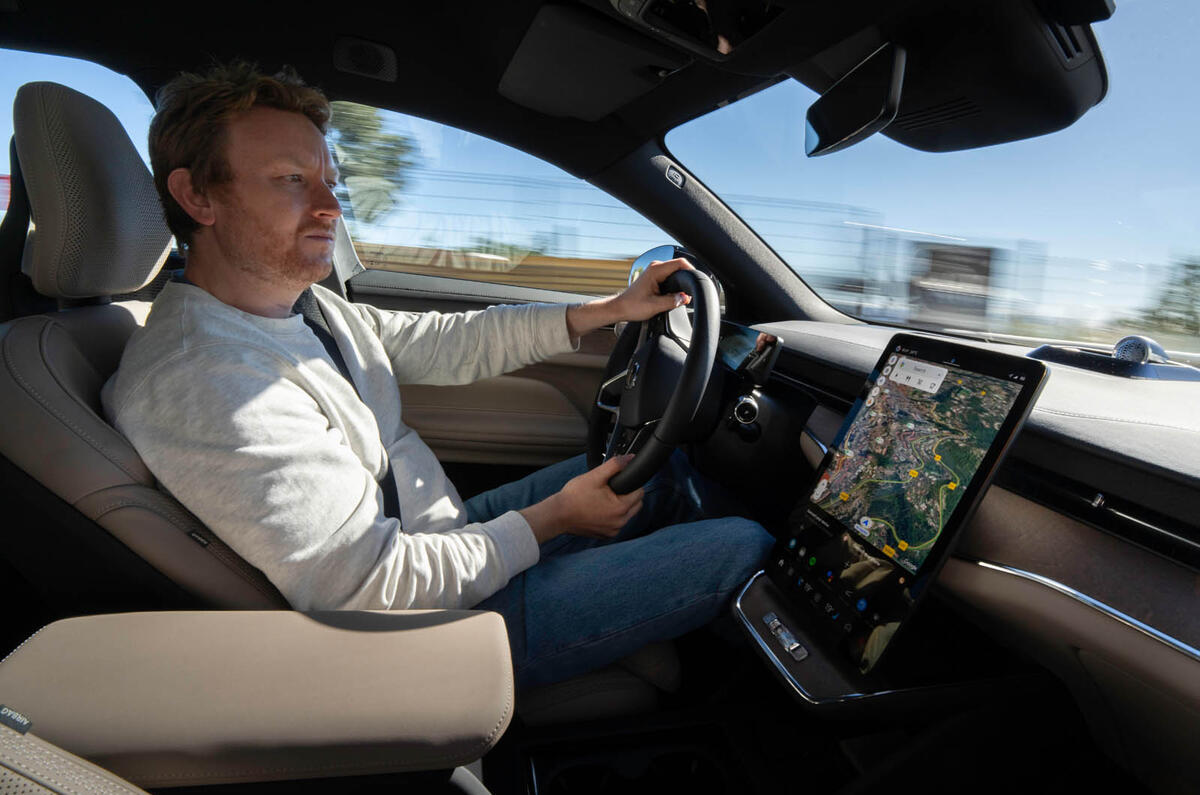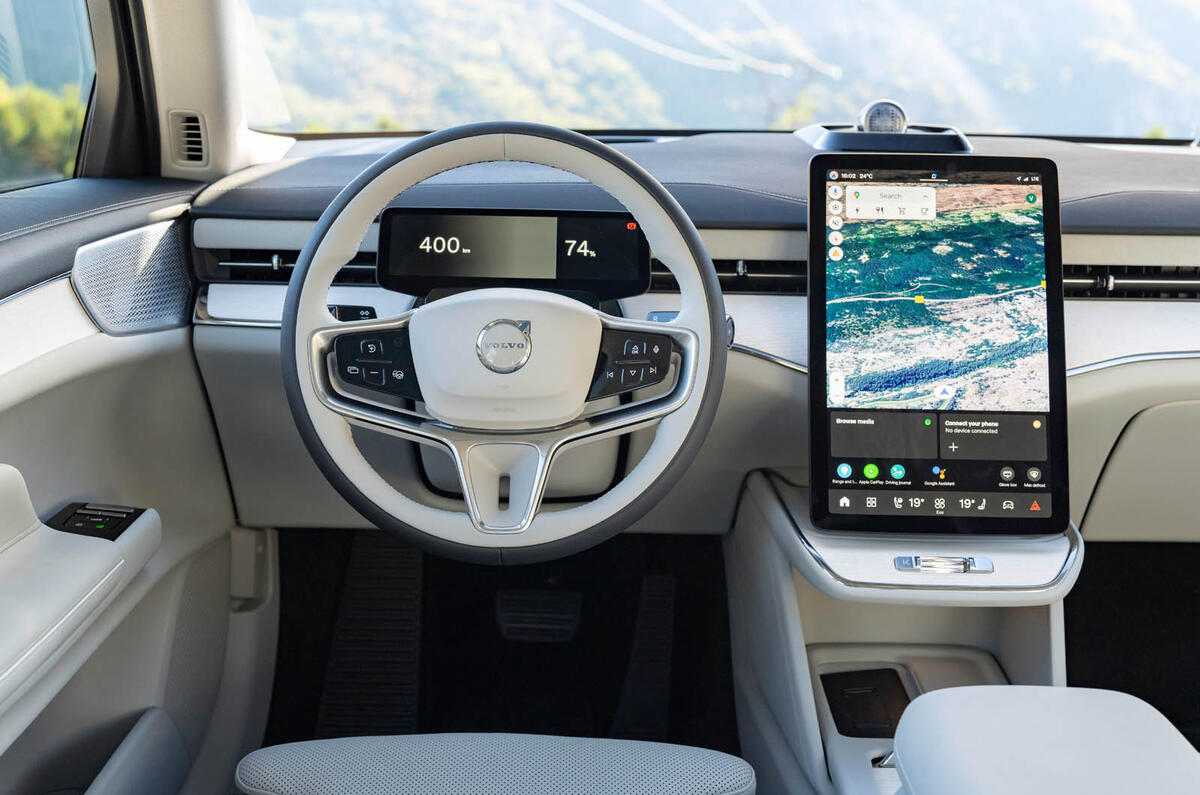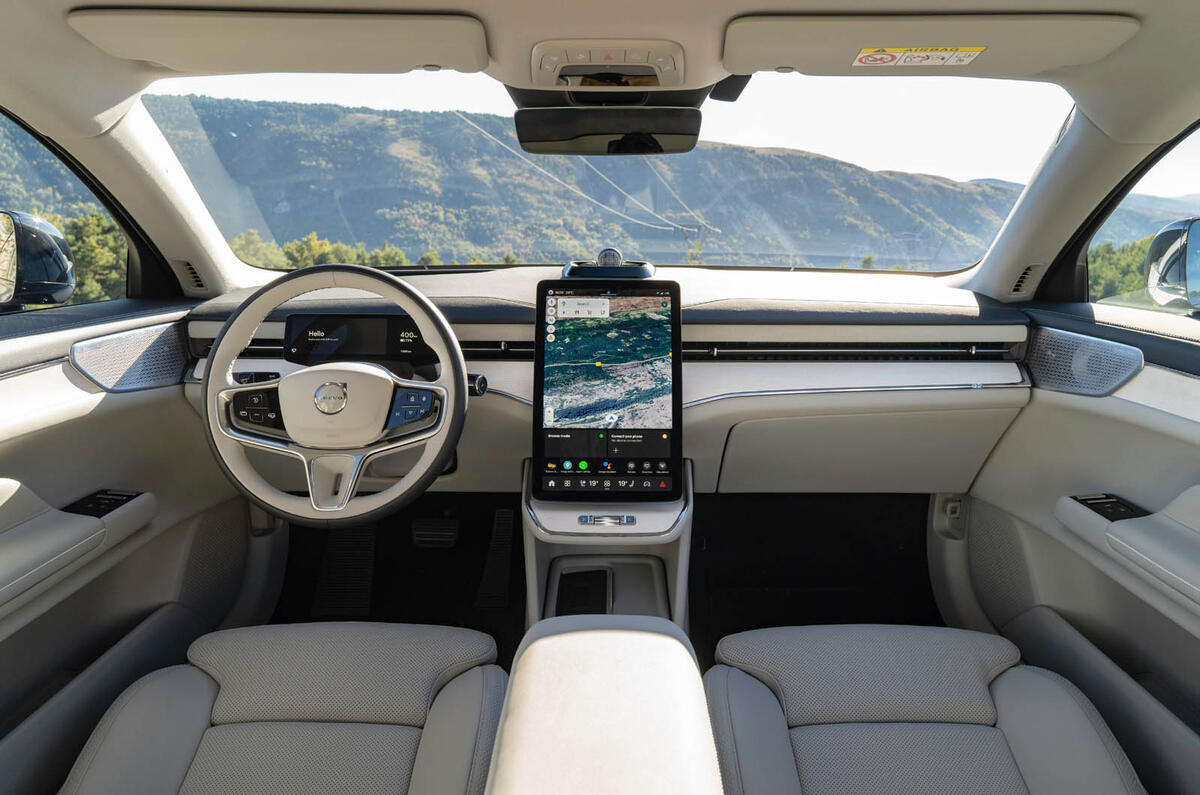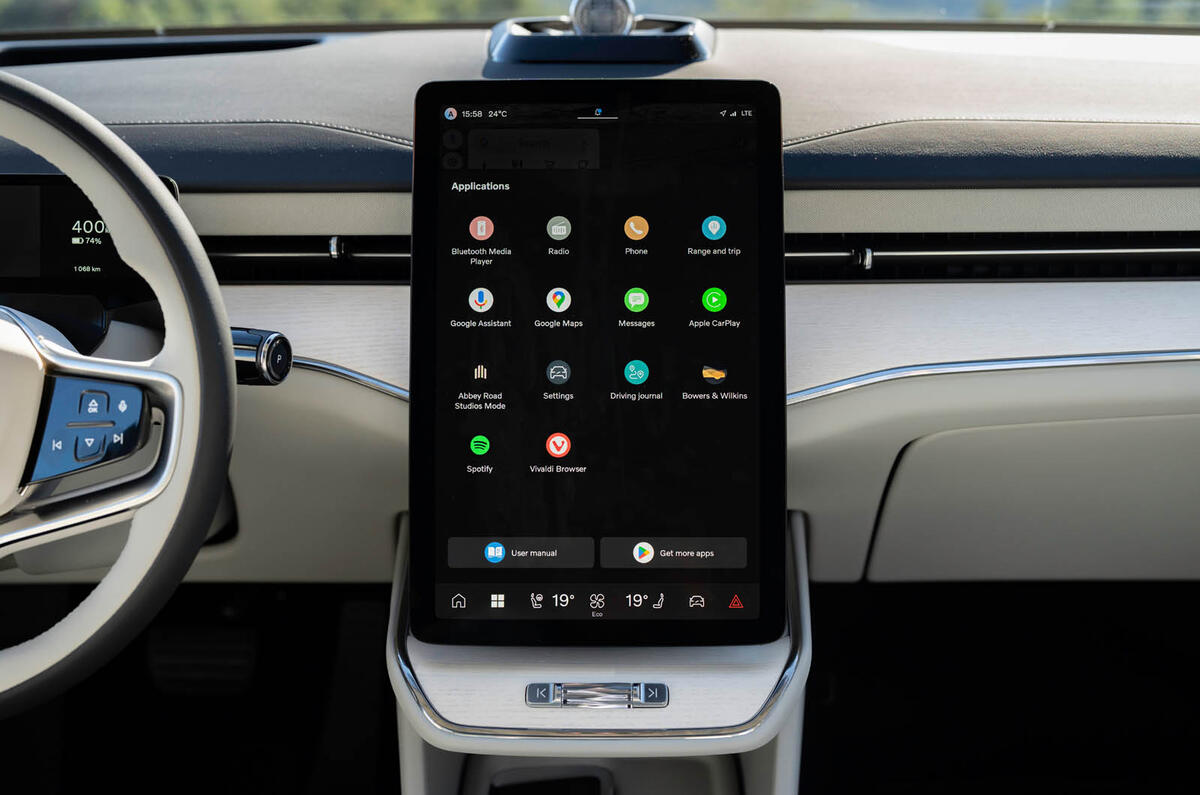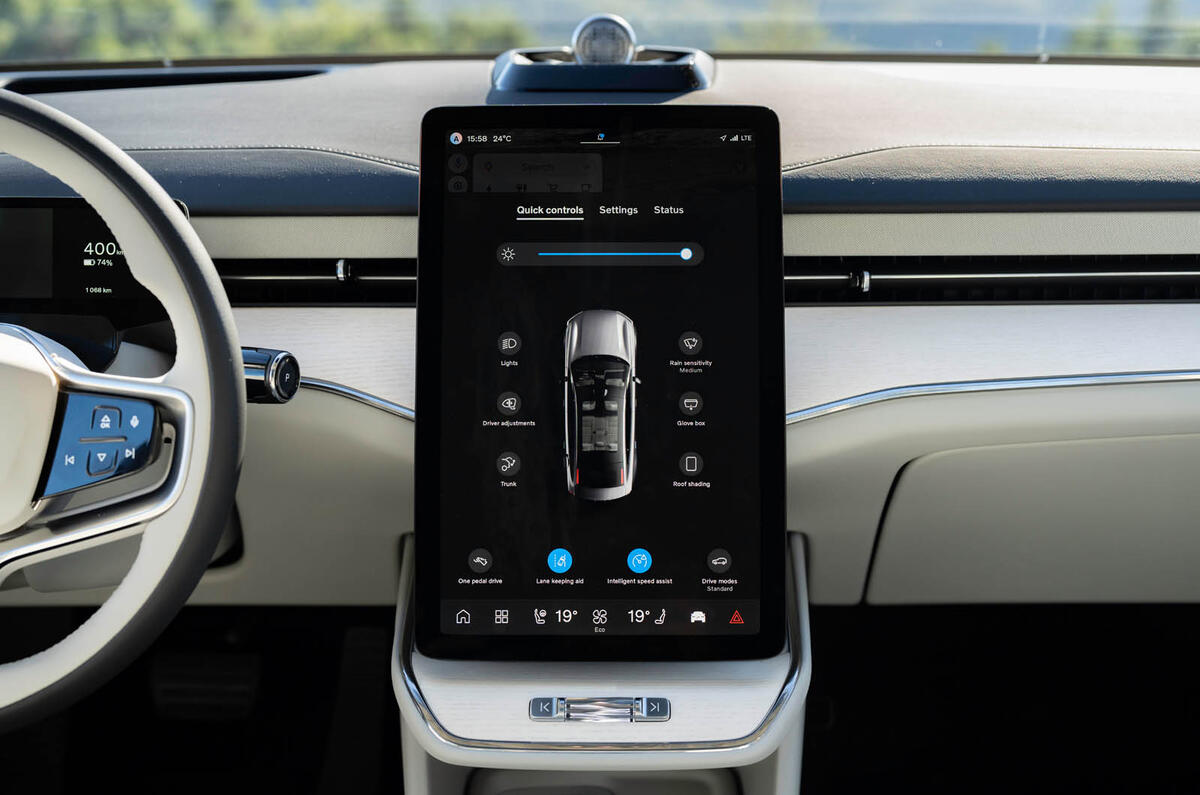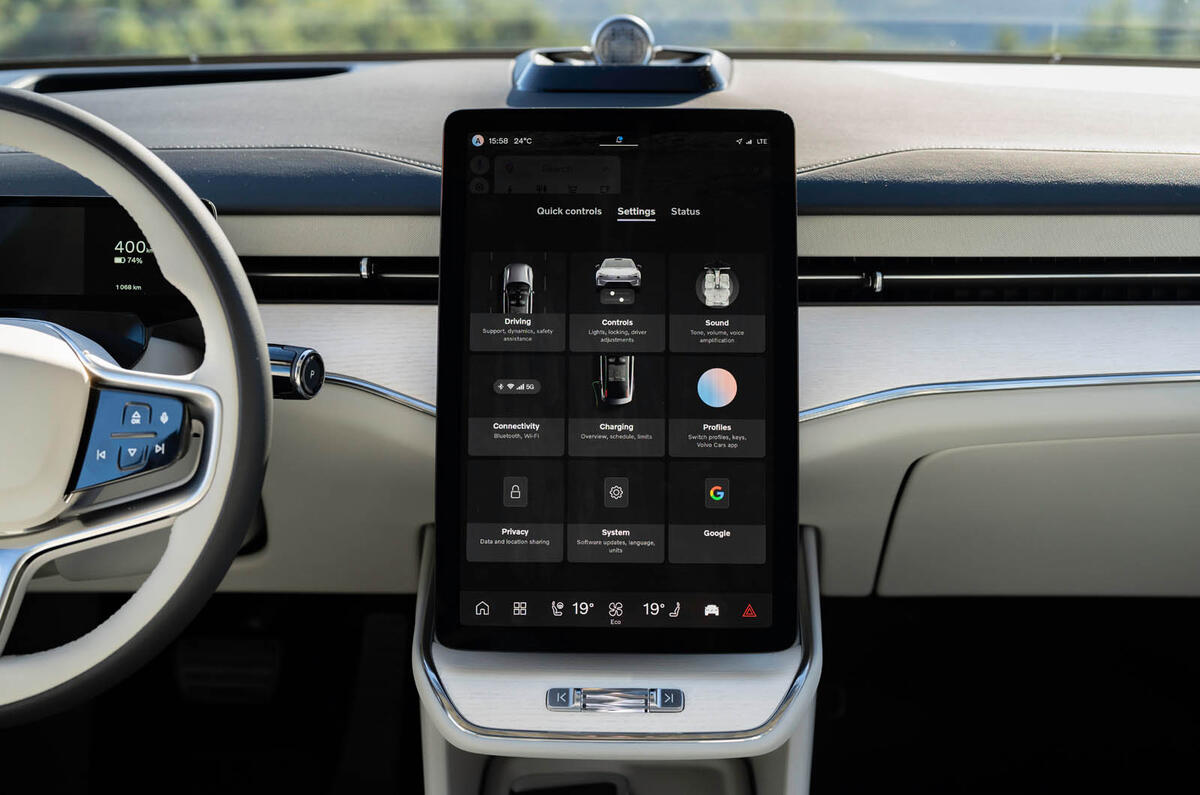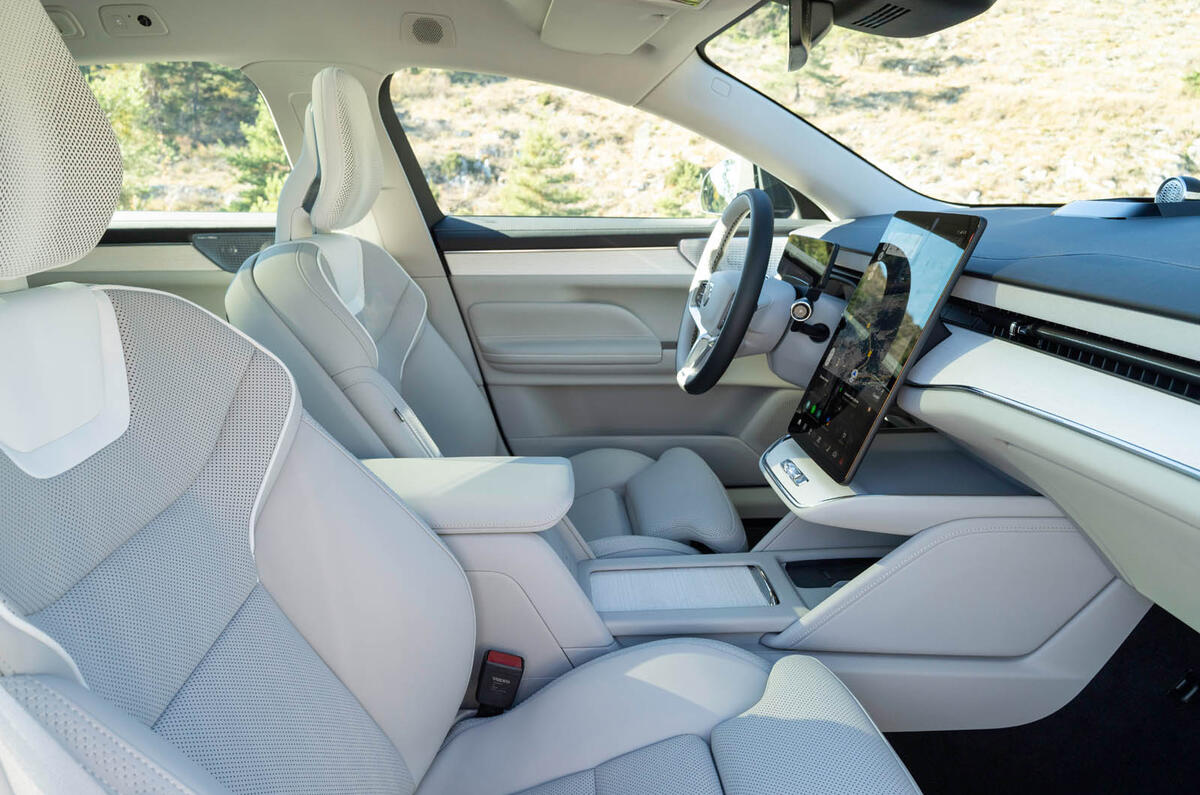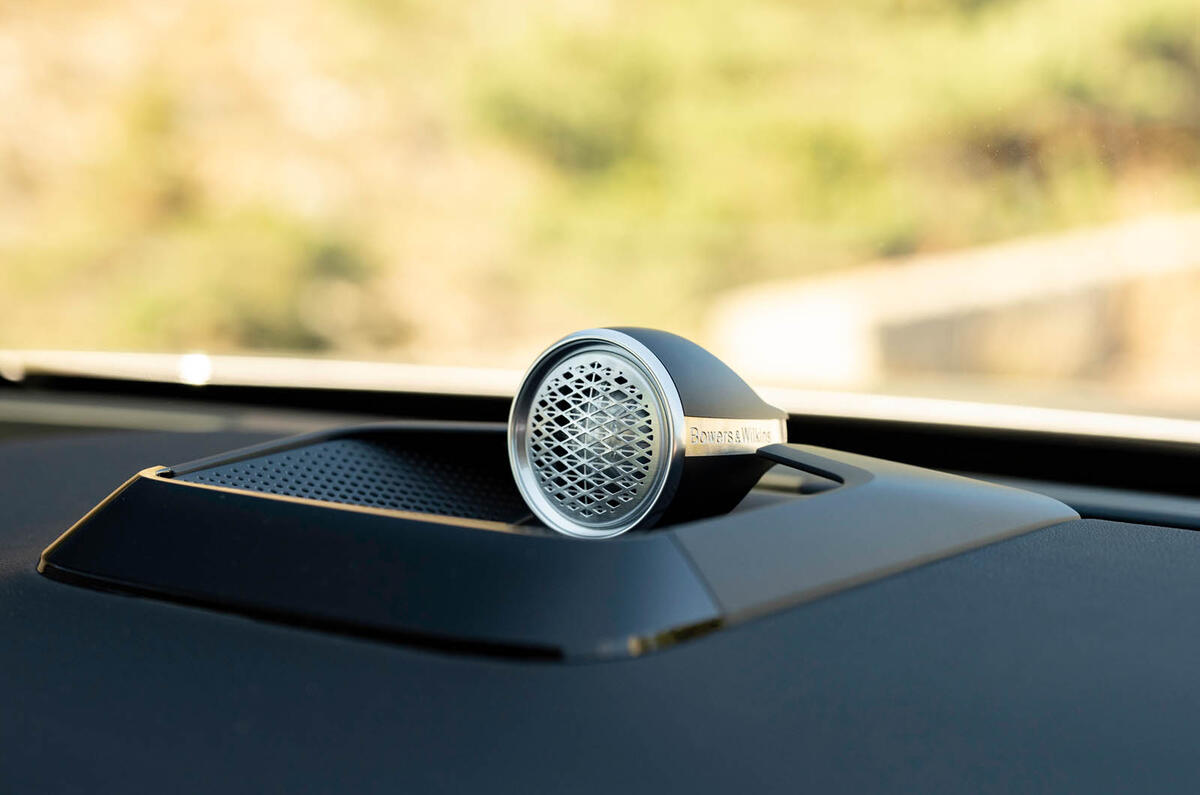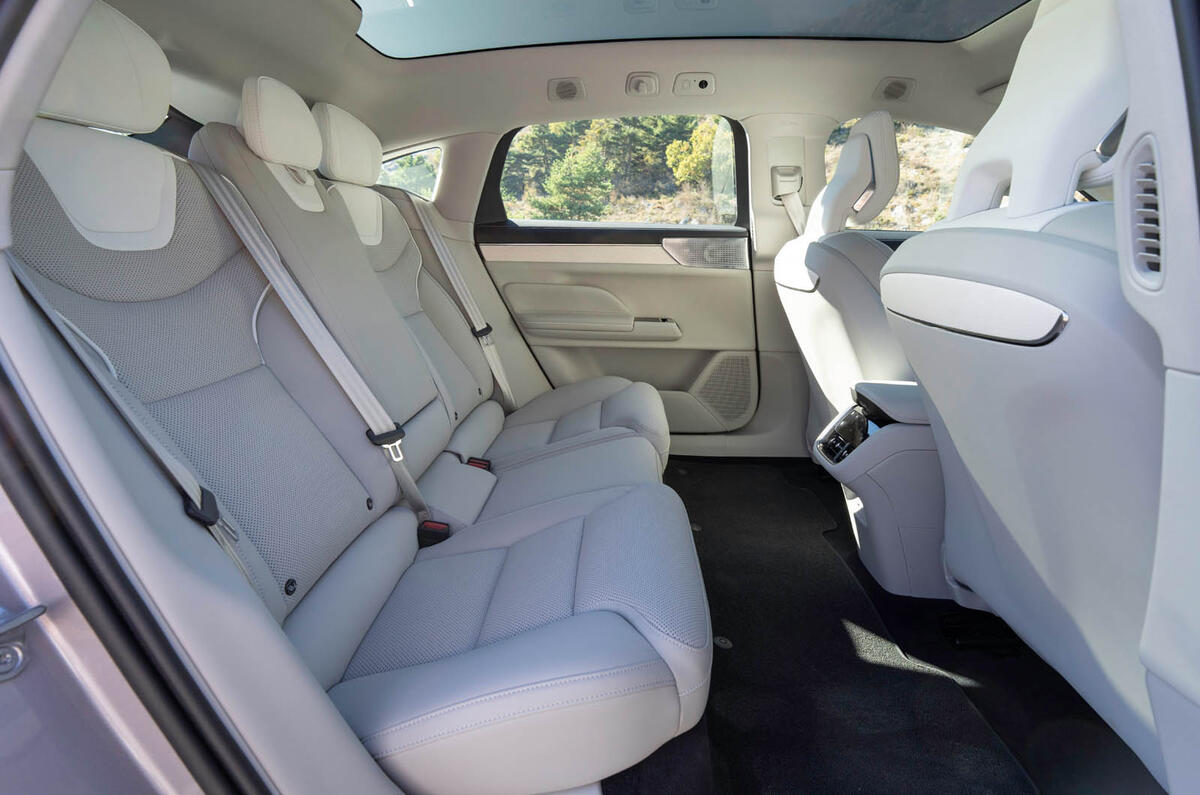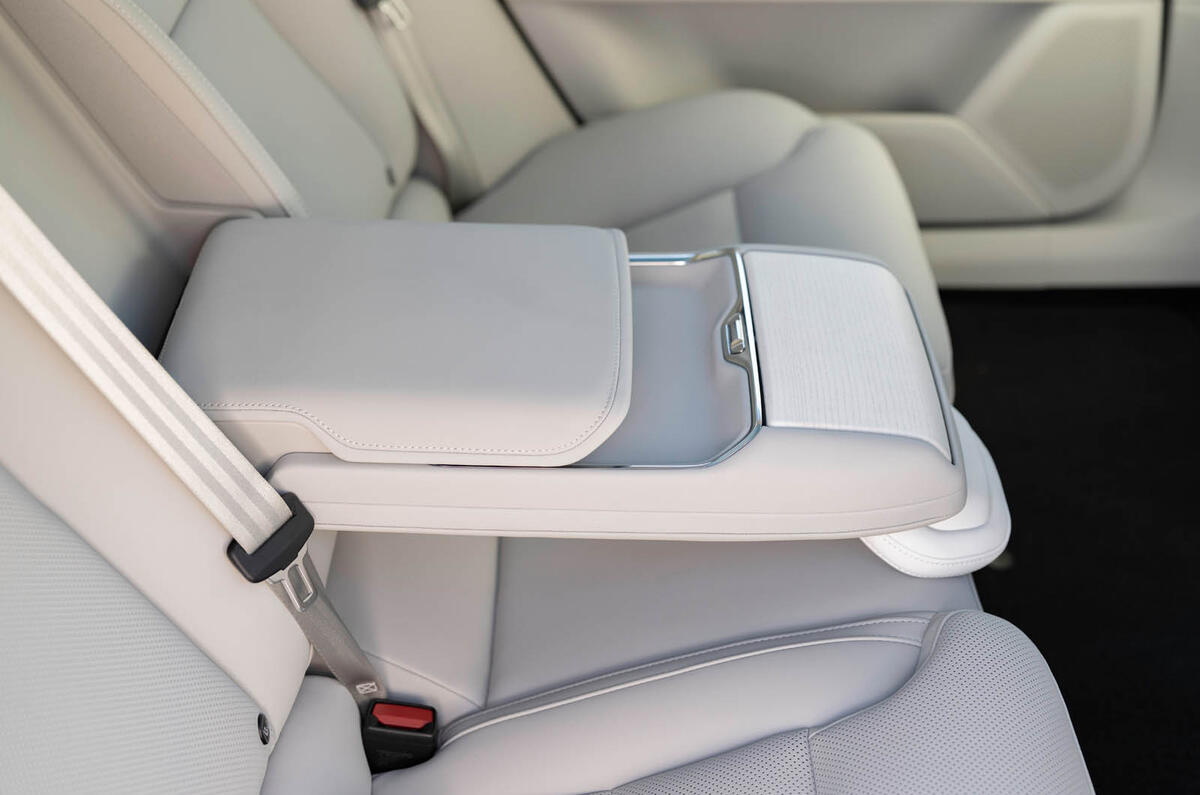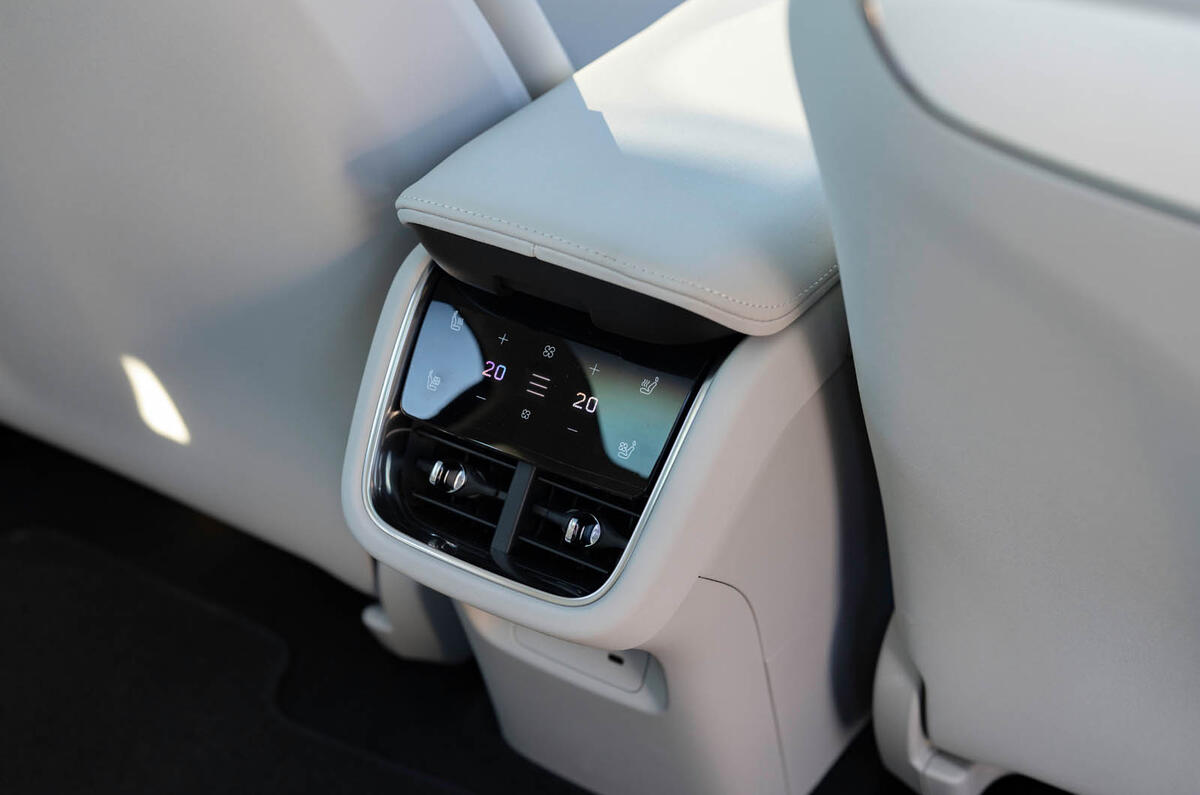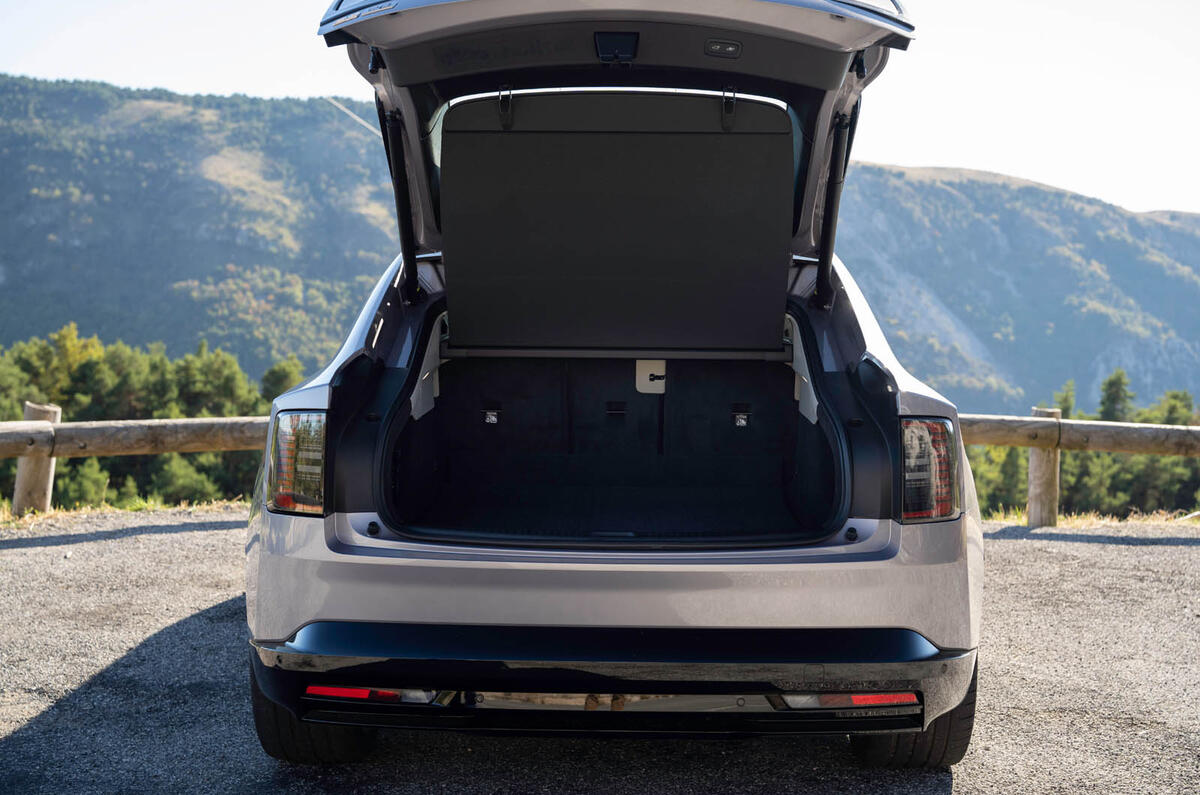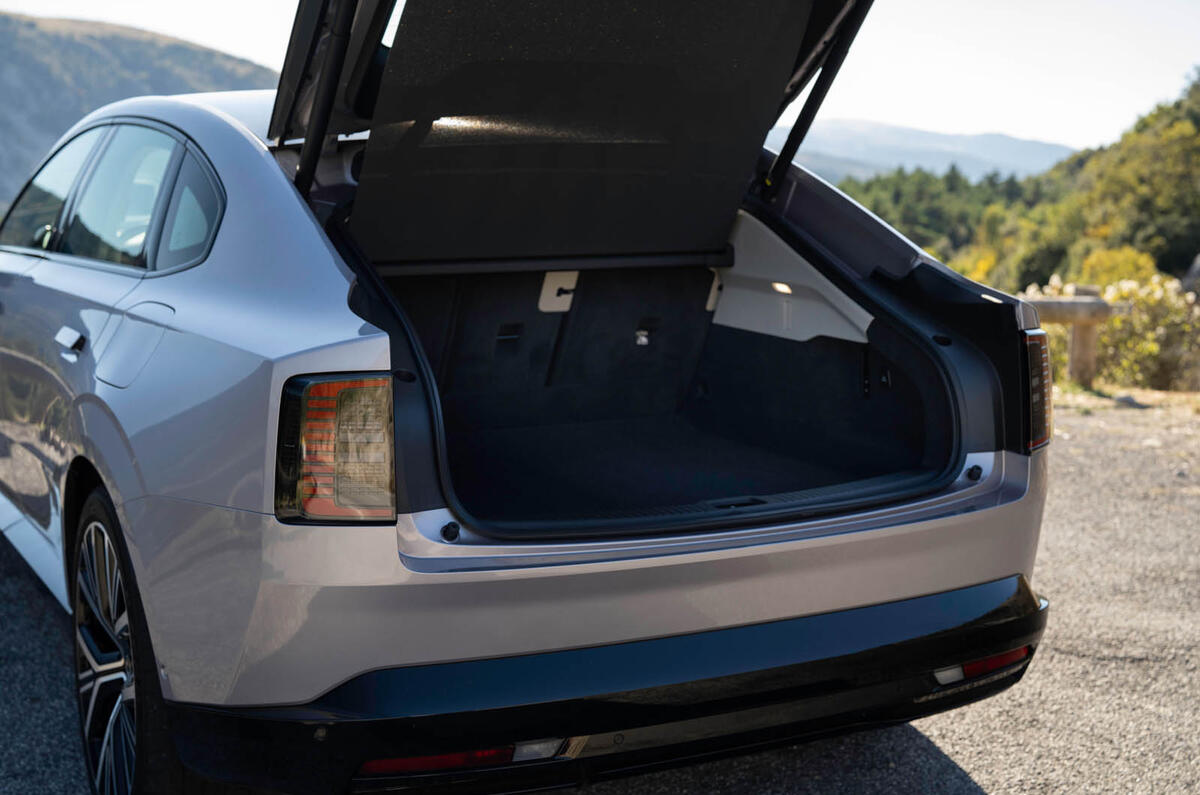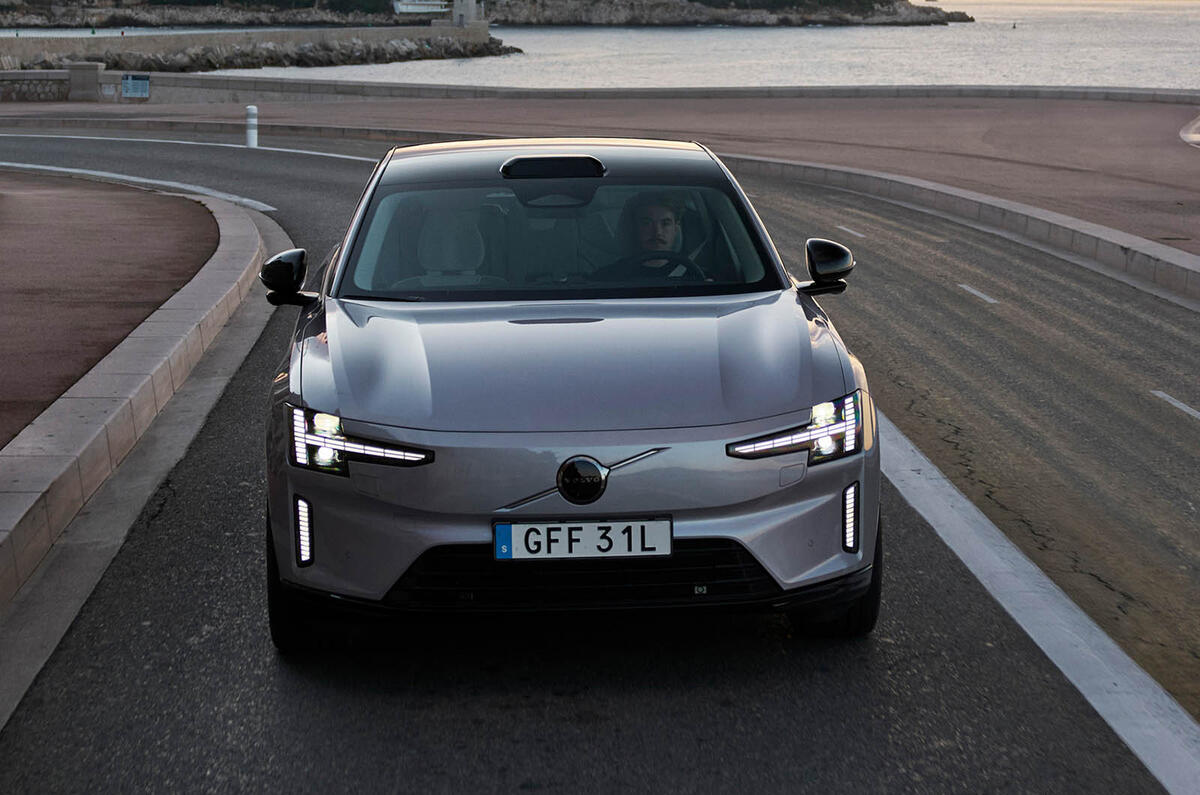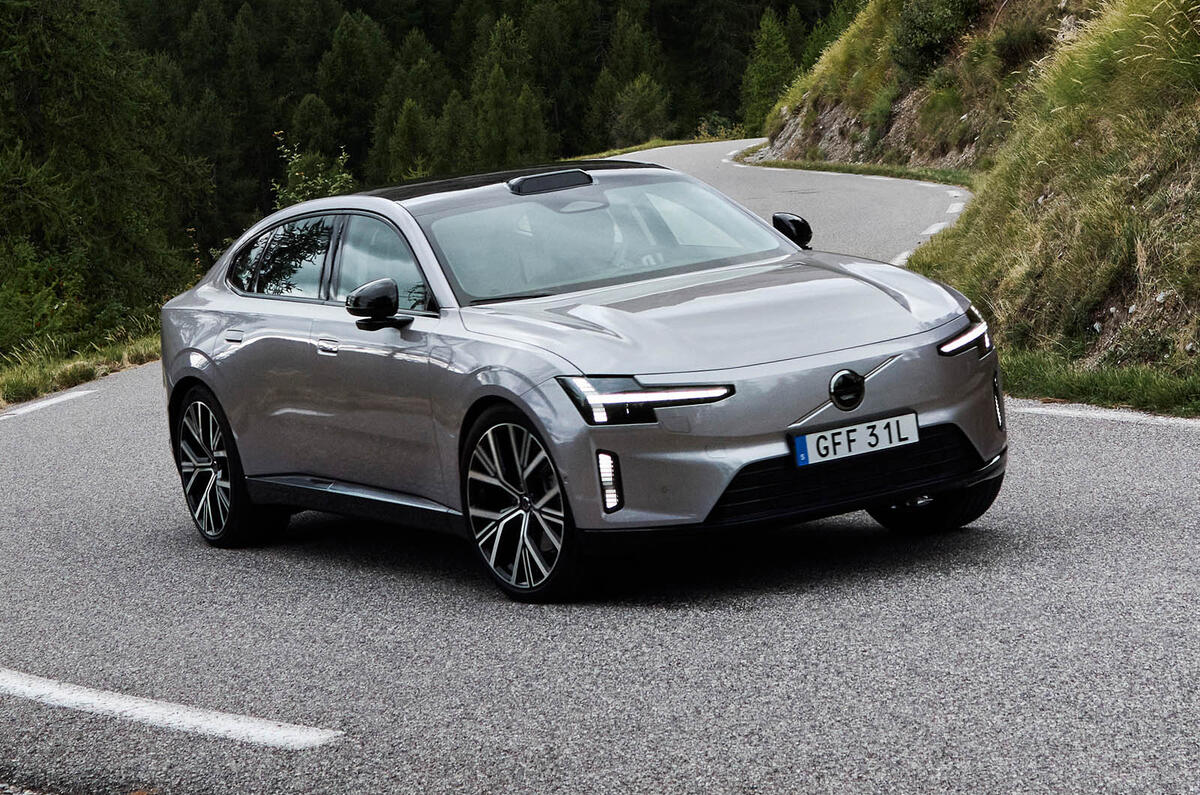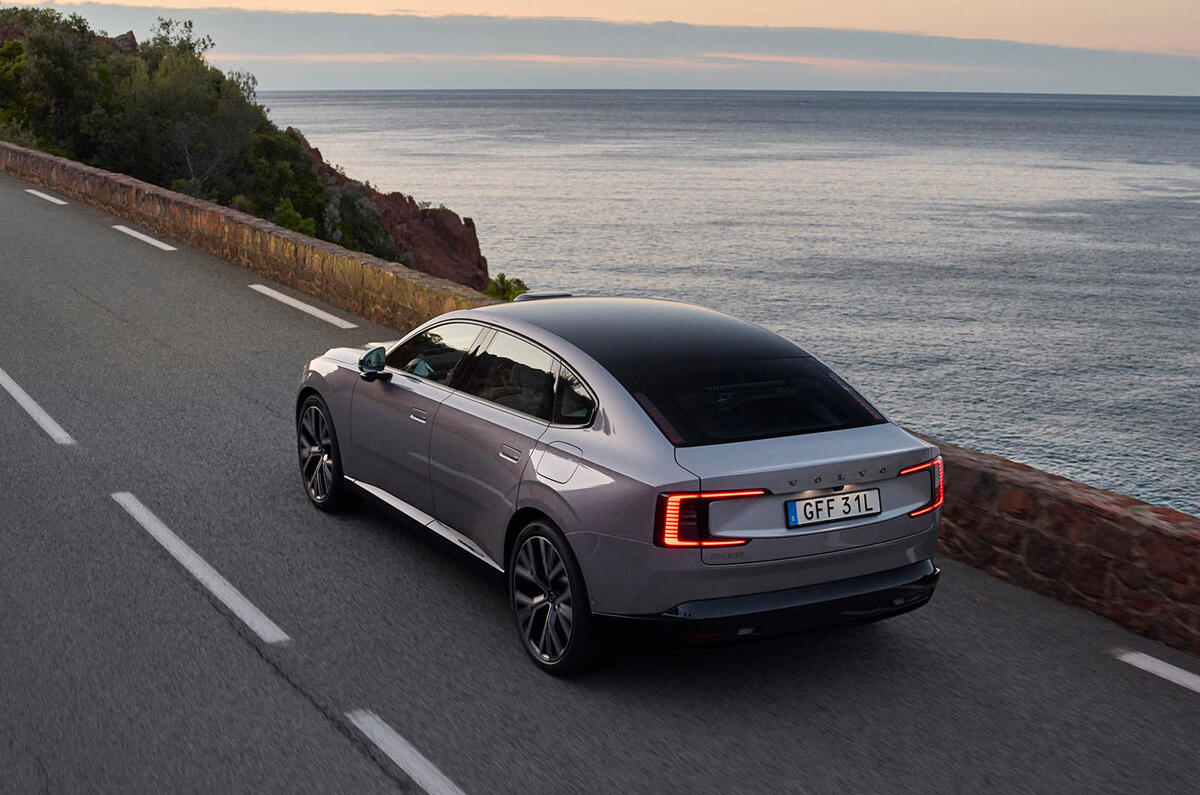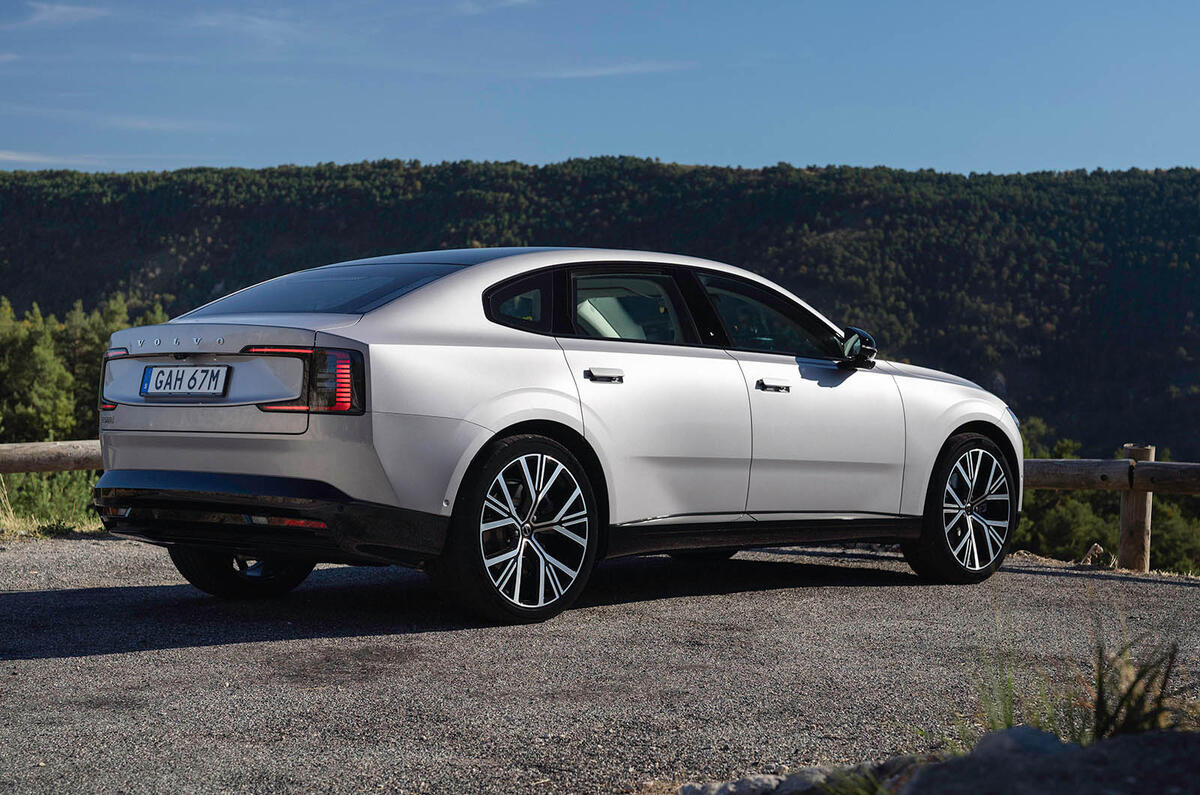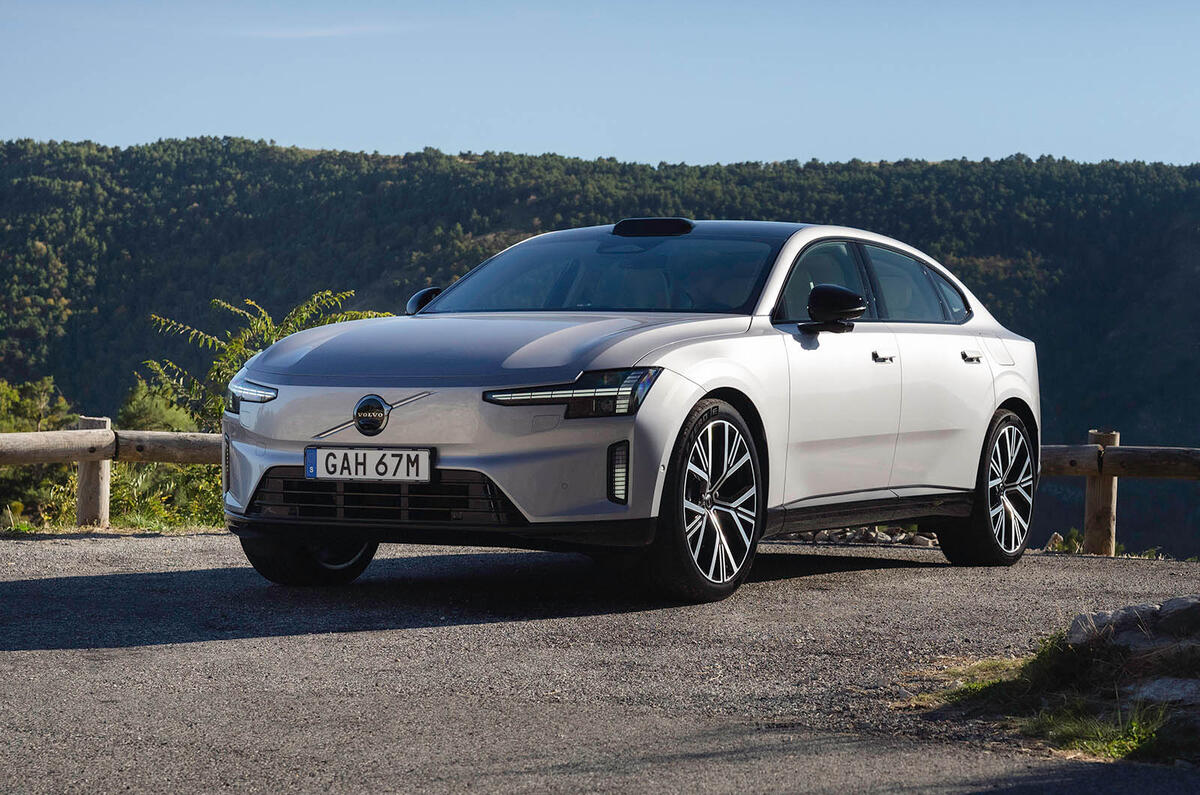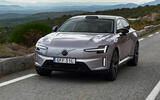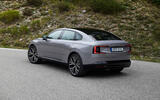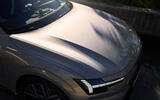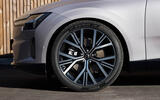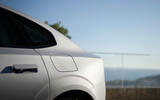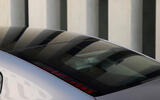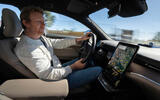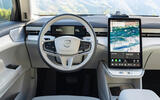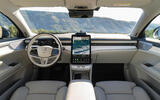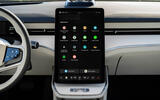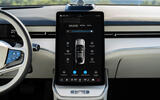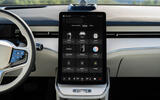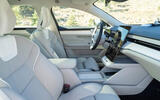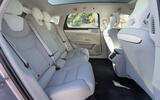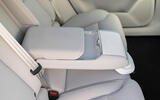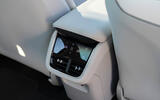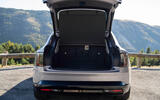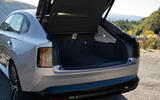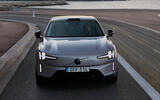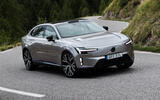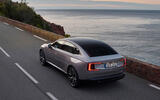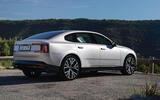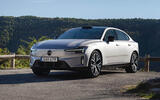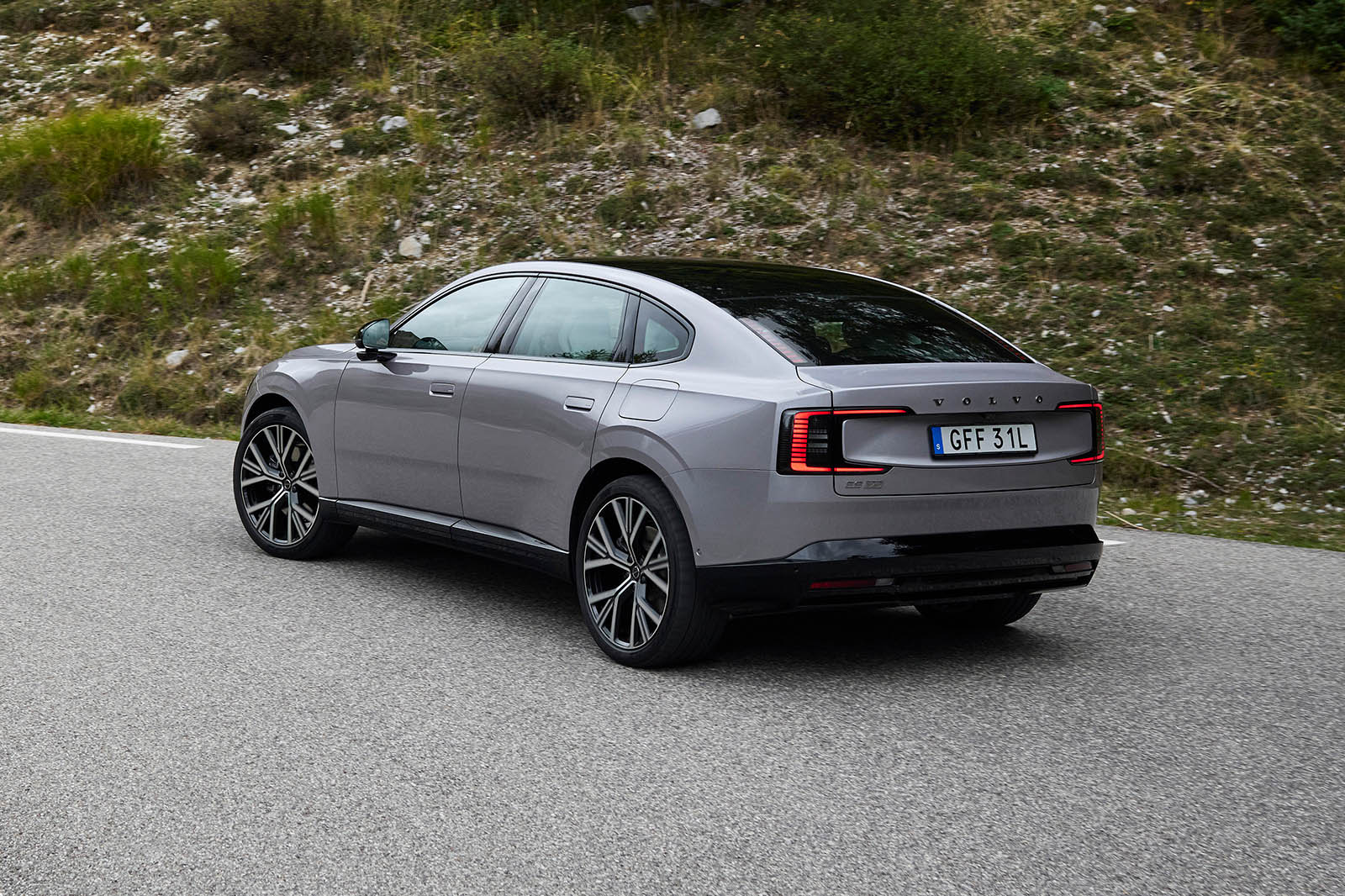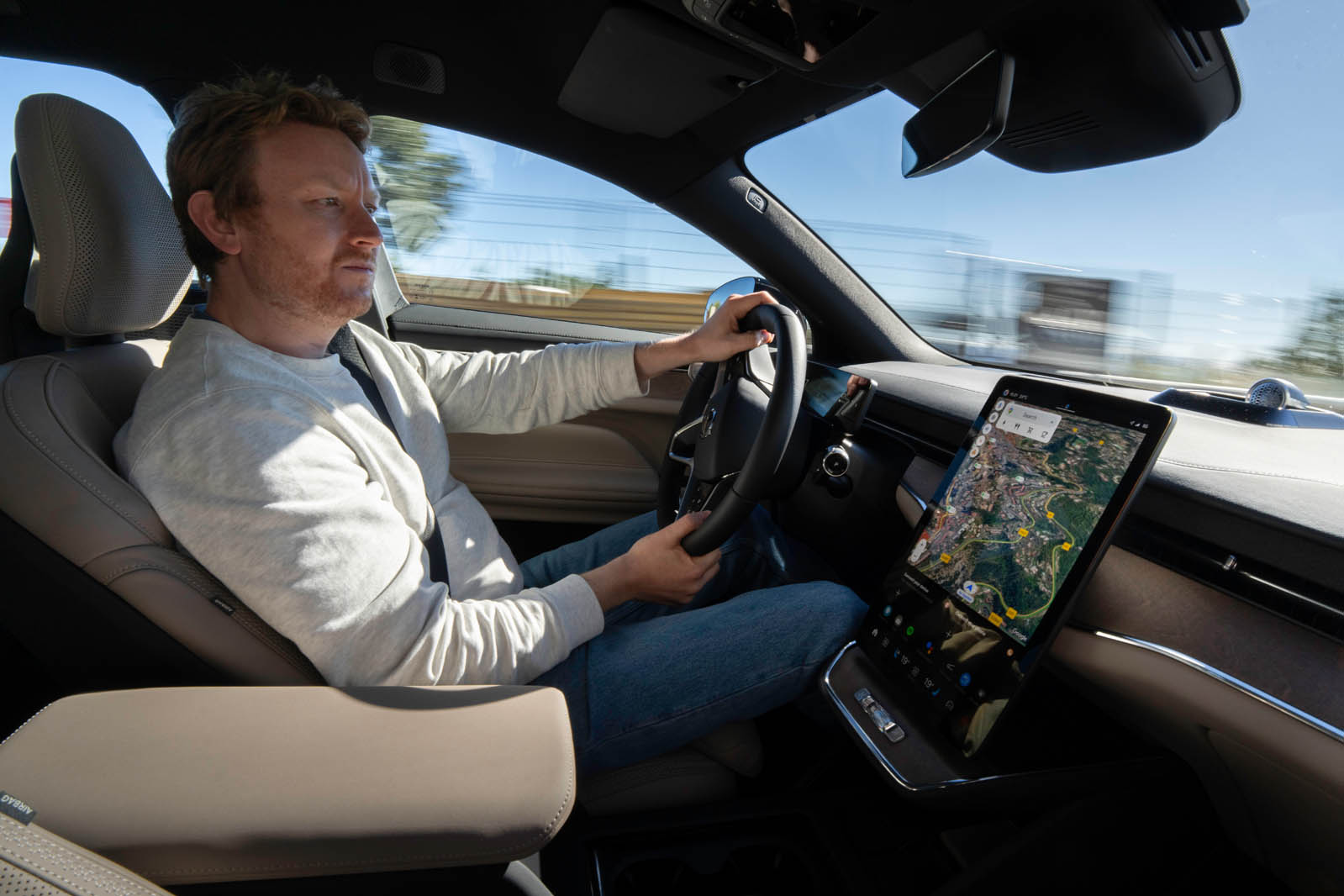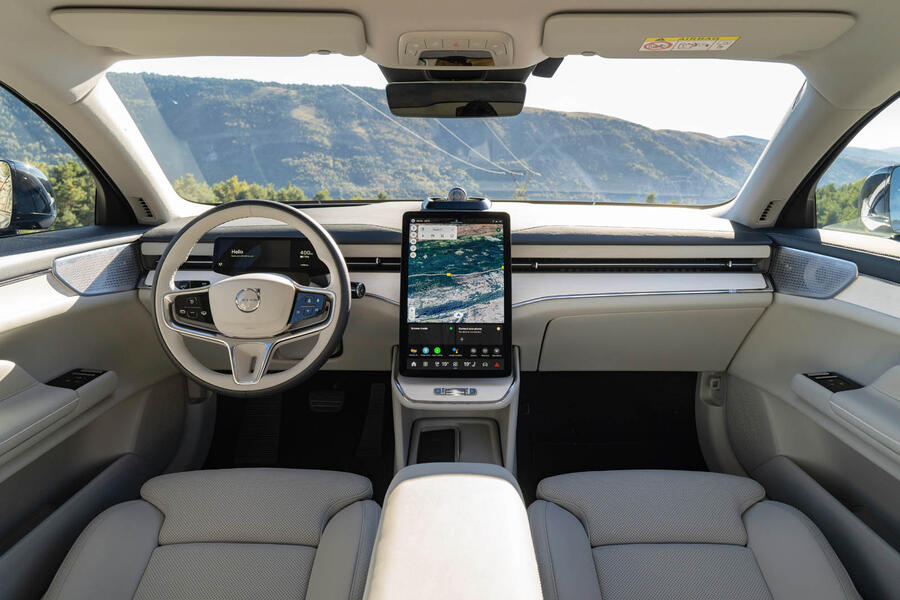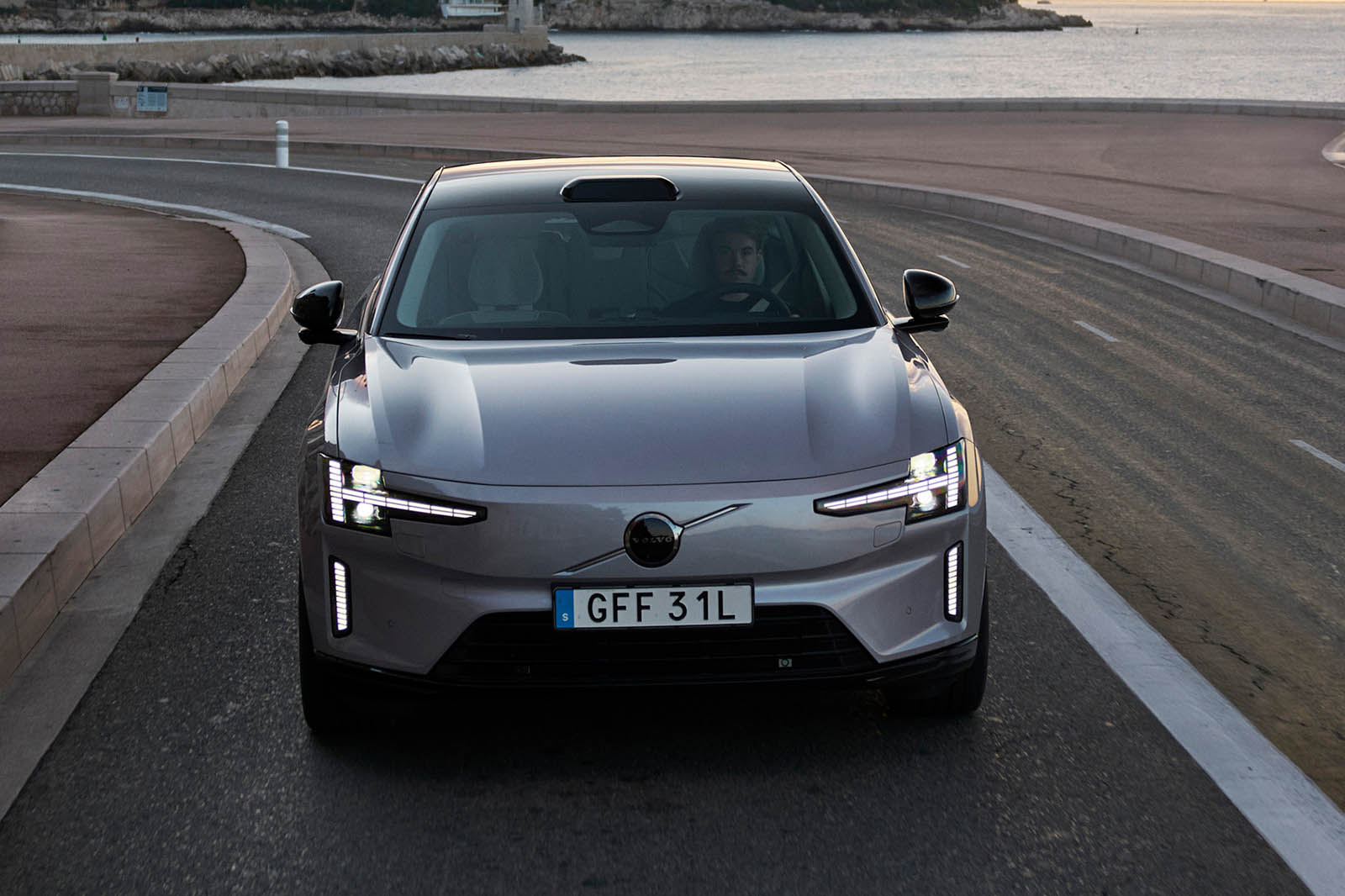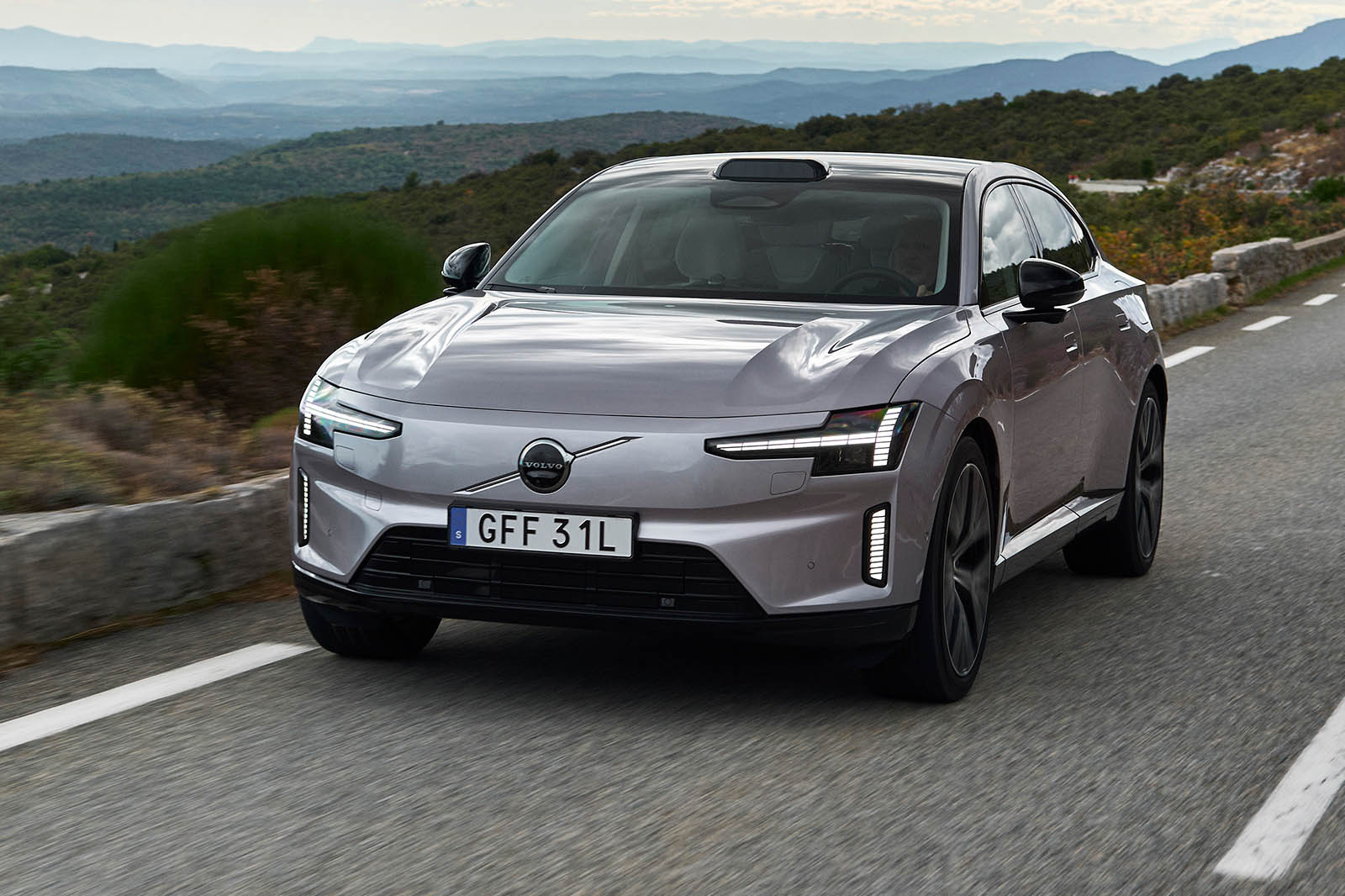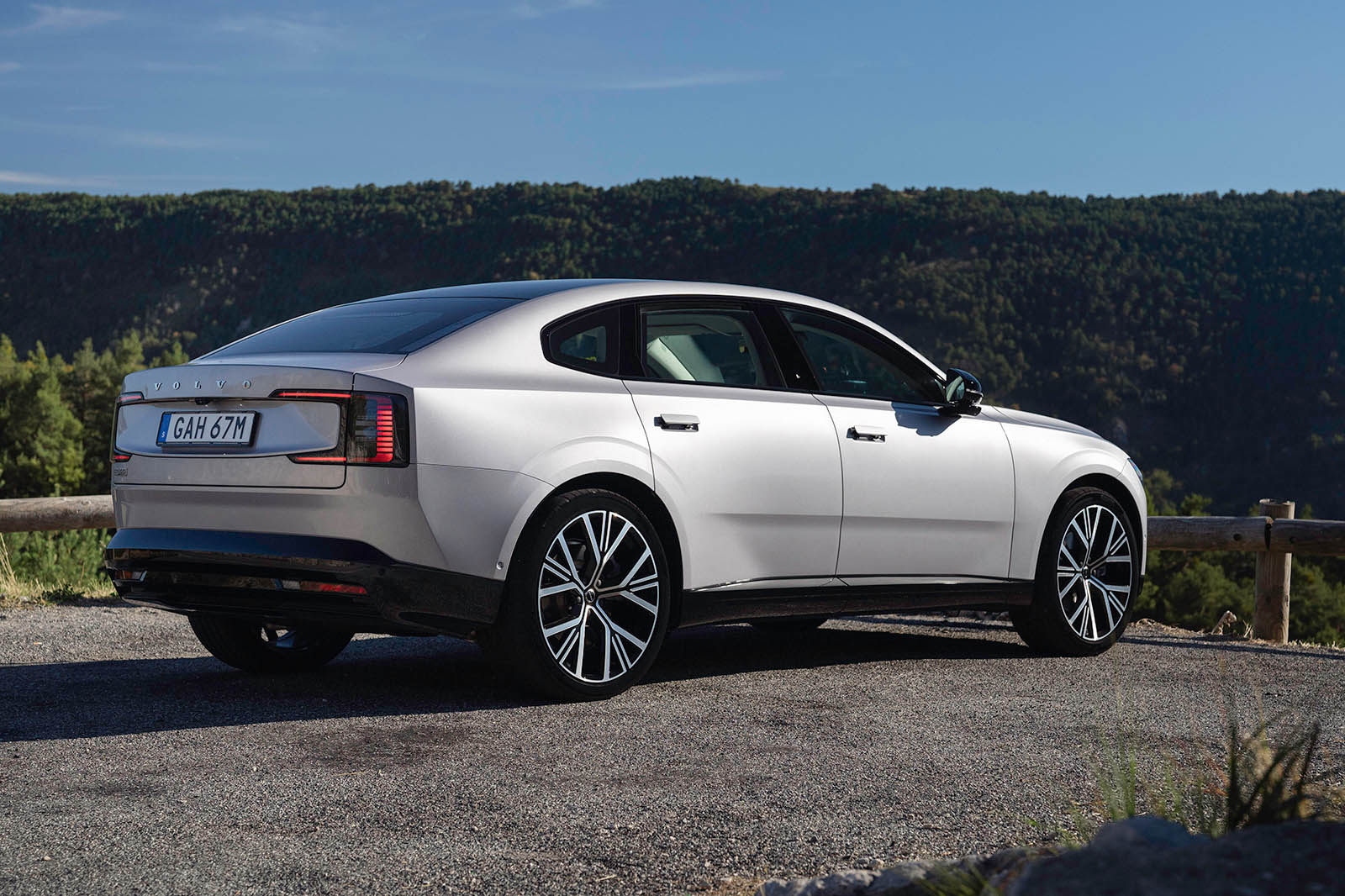Its maker could do with something to pull it out of a tight financial spot, but the new Volvo ES90 – lower-slung sibling to the recent EX90 – is unlikely to be of much help.
How so? Well, imagine the most commercially questionable product today, given prevailing market sentiments. Right up there alongside an electric hypercar bearing the licensed, little-known branding of a reanimated marque is a premium EV that is neither a play-it-safe SUV nor a traditional saloon. That Volvo isn't even trying to sell the £69,000 ES90 in the US, its largest market, is the cherry on top. The ES90 hails from Chengdu, where Volvo has been making cars since 2013, and massive American tariffs for Chinese-built cars make it a non-starter.
Should the very real prospect of tepid sales prejudice us against the idea of ES90? Quite the opposite.
A car’s interest to enthusiasts is often inversely proportional to its sales potential: the Citroën SM sold miserably and, as it happens, was also precluded from the US market. Future legend status is perhaps out of reach for the ES90, but the facts are that it has an agreeable balance of ride and handling and right now it charges faster than any of its German rivals. It is also much easier on the eye both inside and out than any of its competitors – if you can forgive the taxi-style protuberance that houses the lidar sensor.
We’ll get to the caveats in a moment, because there are undoubtedly some questionable elements of the package, but despite them the ES90 is the kind of non-obvious car you end up liking as the miles go by. So, let's get to it.


